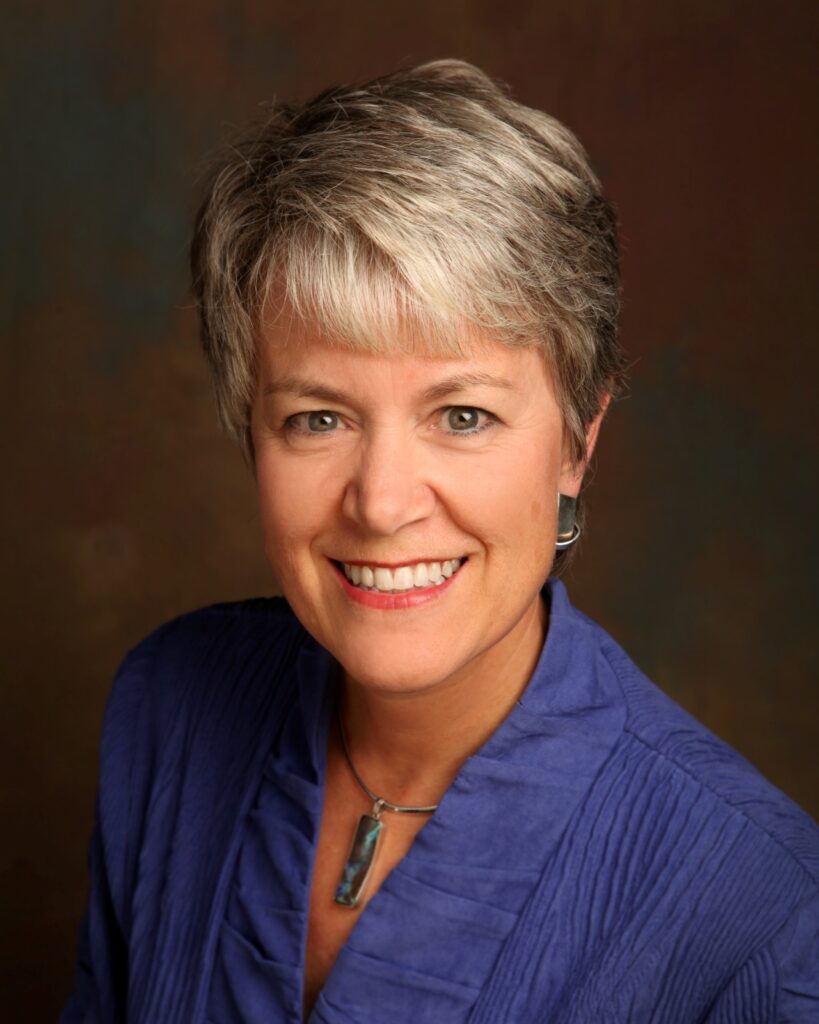
Get Your Church in the Hearing Loop
I recently received a letter from an audiologist asking for help to find funding for a hearing loop in a church. Here is how I would recommend he/she go about this.
Form a hearing loop committee – number of members is less important than the willingness of the committee members to make this happen by reaching out to church members and into the community.
It is my experience that members of the church should be asked first. They have a vested interest that all members are able to hear. Stories abound on the web how congregations made this happen. Often, members in the congregation will step up to pay for a loop but, not until after the congregation is educated about why people with hearing loss/hearing aid users need this kind of assistive listening technology.
A short article in the church bulletin will go long way in this education process. Explain that hearing loss does not only affect the ability to hear select or soft sounds (such as speech sounds) but that hearing loss often affects the person’s ability to understand speech. And while hearing aids have come a long way to improve the loss of audibility they do not give the user normal hearing. In places where sound has to travel over distance, or where it is affected by reverberation, hearing aid users complain. That is where an assistive listening system such a hearing loop can be of great help.
Explain that a hearing loop broadcasts the sounds picked up by the sound system, already in use in most churches, and via tiny ripples in the magnetic field sends the signals directly to the telecoil found in many hearing aids and in all cochlear implants. For those who do not own hearing aids small listening boxes with headphones are available and, soon, consumers will be able to link into the wireless hearing loop signal by plugging special telecoil equipped headphones into their smart phone.
Another source of support and/or funding might be the local hearing care professional or audiologist. They likely see parishioners from the church and perhaps they are willing to make a contribution towards the loop at the church – you never know until you ask! They could be instrumental in the awareness of the hearing loop by educating their clients in the privacy of their offices. Offer a copy of an article titled Roadmap to a Looped Community written for providers published in the Audiology Today Magazine.
Several churches i n my area were successful in their fund raising efforts by inserting a special envelope in
n my area were successful in their fund raising efforts by inserting a special envelope in
the bulletin soliciting for donations towards the “Hearing Loop Fund” and by leaving a stack of these envelopes in the back of the church. (See image on the right. )
The hearing loop fund raising kick-off can be made more effective if accompanied by a personal verbal appeal from the pulpit by hearing aid using parishioners as it helps to put a face to this often overlooked need in the church.
Before an appeal is made it is important that a quote (or better yet, two quotes) for a hearing loop install are obtained from local reputable hearing loop installers. Read the www.hearingloop.org/How_to_purchase_loop_your_facility handout. Look for installers on this national (though not exhaustive) list of loop installers. It is important to vet installers’ qualifications and be sure to check out two or three references. I know several loop installers who will travel around the country to help with loop installations. Email me if you have questions about this process or are unable to find an installer.
Where else to find funding for a hearing loop? Some church denominations have access to a foundation. For example, the United Methodist Church Foundation, the United Church (of Christ) Funds, The Unitarian Universalist Funding Program as do many Catholic Dioceses. These foundations have been known to offer matching grants to “strengthen their institutions.” Email me if you would like to know what kind of wording others have used to make such an appeal.
If this is the first hearing loop in a town/city and if the loop committee would like to make the church a shining example of hearing access done right, a local Community Foundation might be willing to support the loop. PR ideas include: sending a news release to the paper, doing an interview for the newspaper, talk about the loop on local Community TV, or writing an article in the church denomination’s state or regional magazine. Make an appointment to talk to the foundation’s director to explain about the hearing loop.
Doing a short PowerPoint presentation to a local Rotary (Lions, Kiwanis or Sertoma) club s another good way to find “movers and shakers” in an area. There is no right or wrong way… what works in Oshkosh WI may not work in Littleton, CO and vice versa. Email me for a short PPT slideshow.
It is my experience that money is rarely the issue. When objections are raised it is usually because the benefits of the loop are not really understood and further explanations are needed. (Some AV professionals have been known to lobby for FM systems with neck loops as being much more economical and “just as beneficial.” (Experience has shown that these systems usually end up sitting in the back of the church. Unused.) Email me if you run into roadblocks like this. I am happy to help.
A visit with the minister,
priest or rabbi and/or the church council is usually the best way to start. Share a copy of the Technology for Worship Magazine reprint, play an “in” vs. “out” of the loop audio demonstration , and share a couple of testimonials. And, in closing, ask if everyone doesn’t deserve to hear the Word like Dorothy?
I used to clap when others clapped. I used to laugh when others laughed,
though I usually didn’t hear what it was about. Now I hear every word in church.
I absolutely love the hearing loop.






